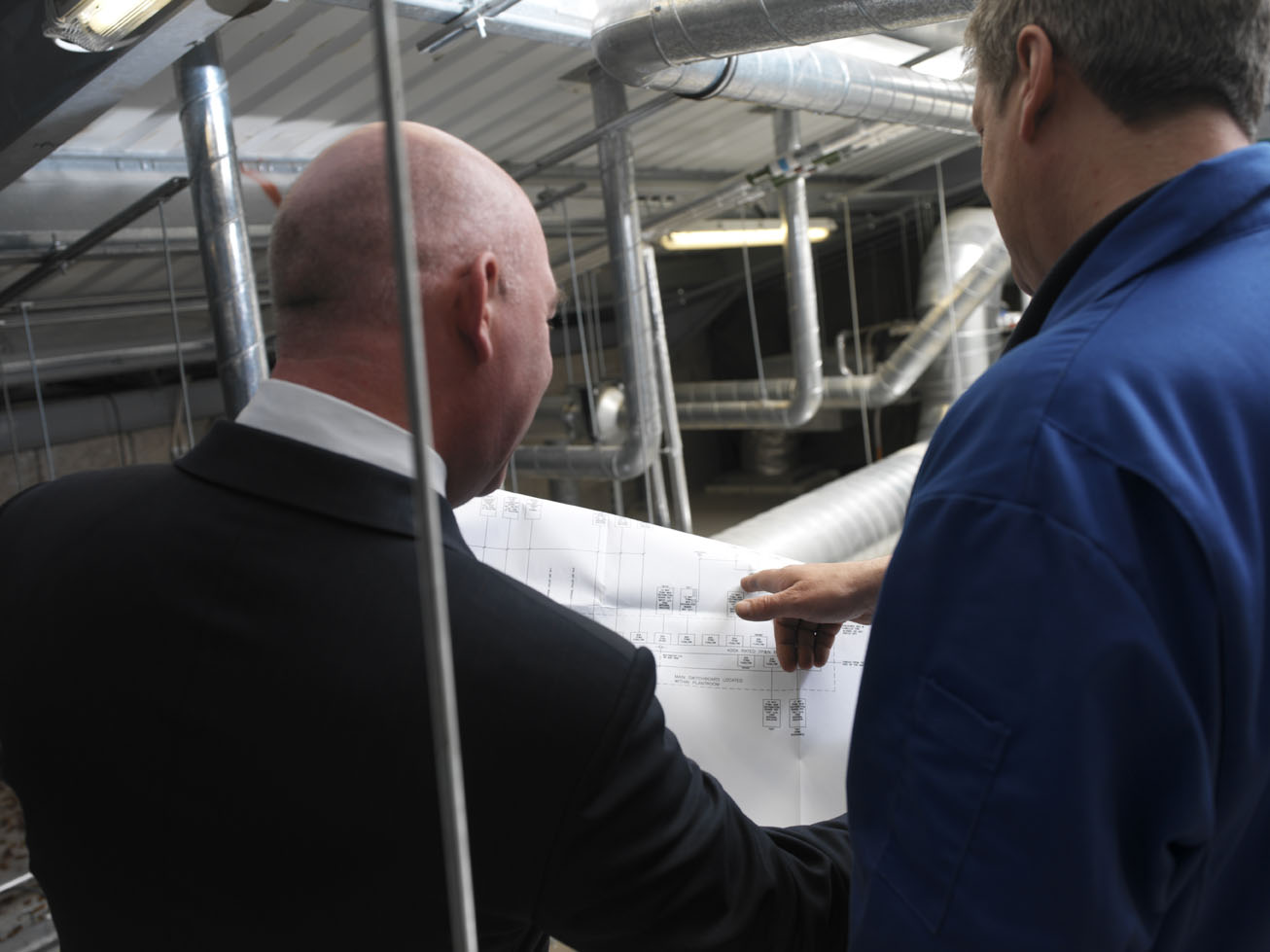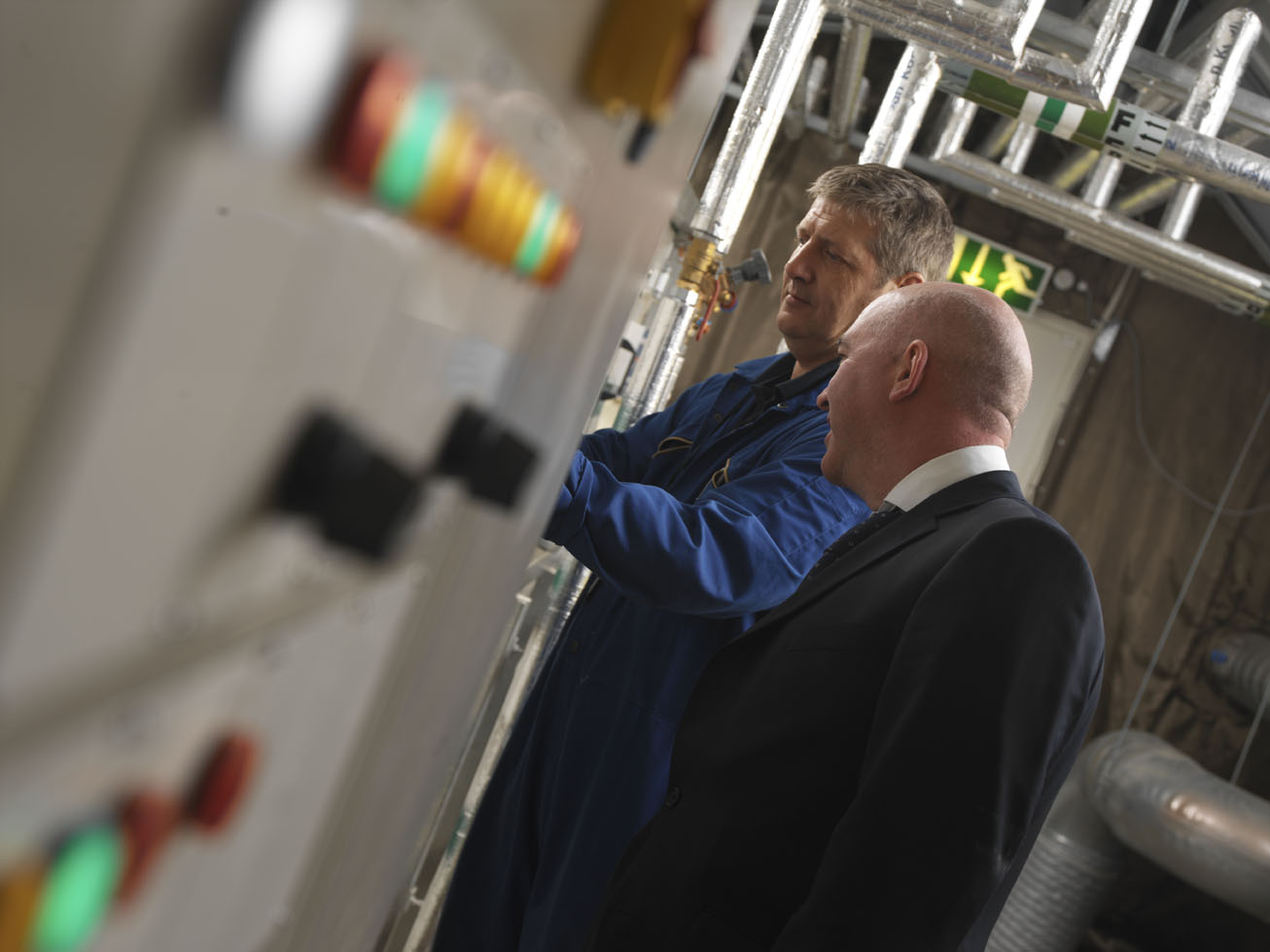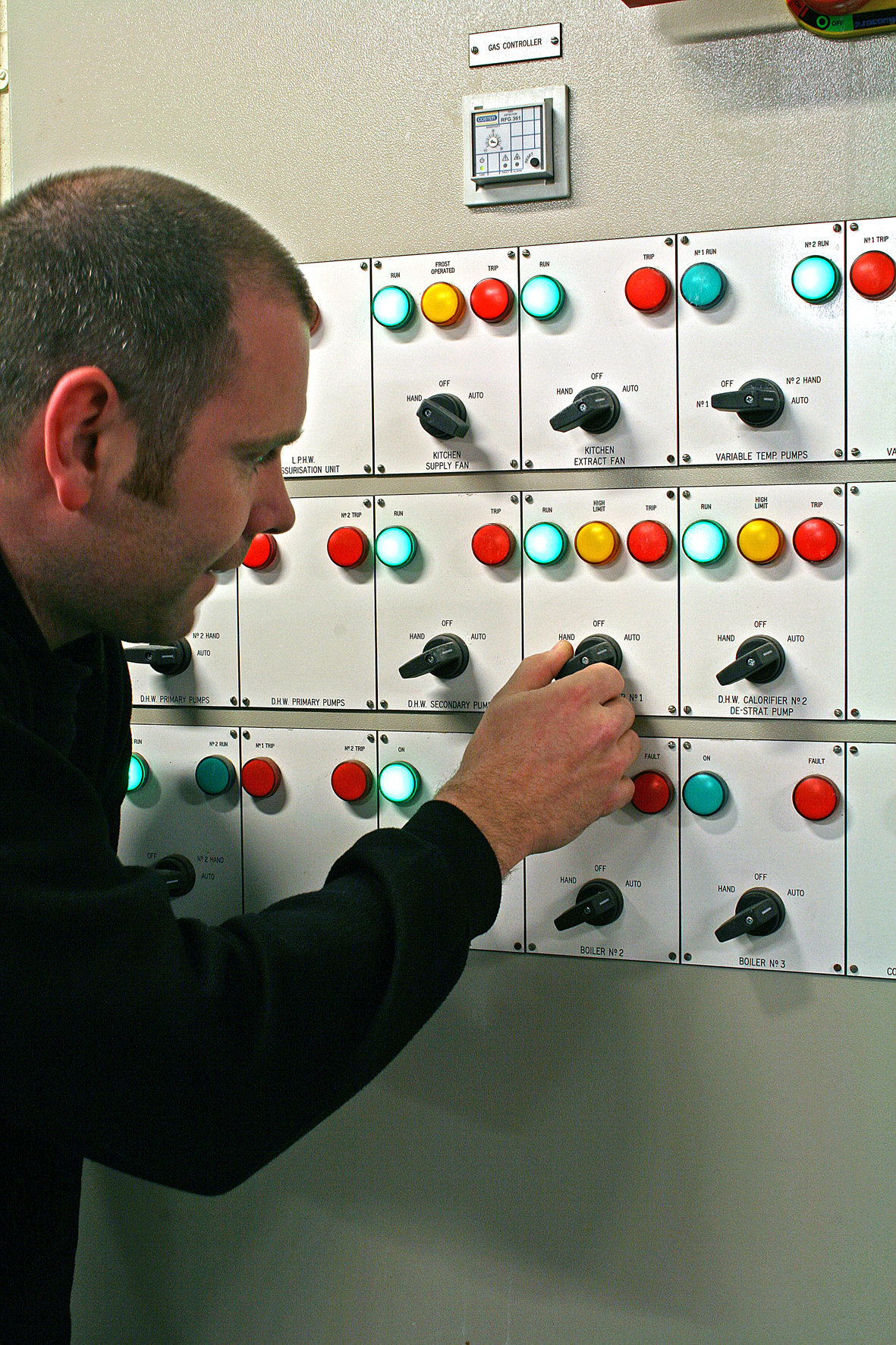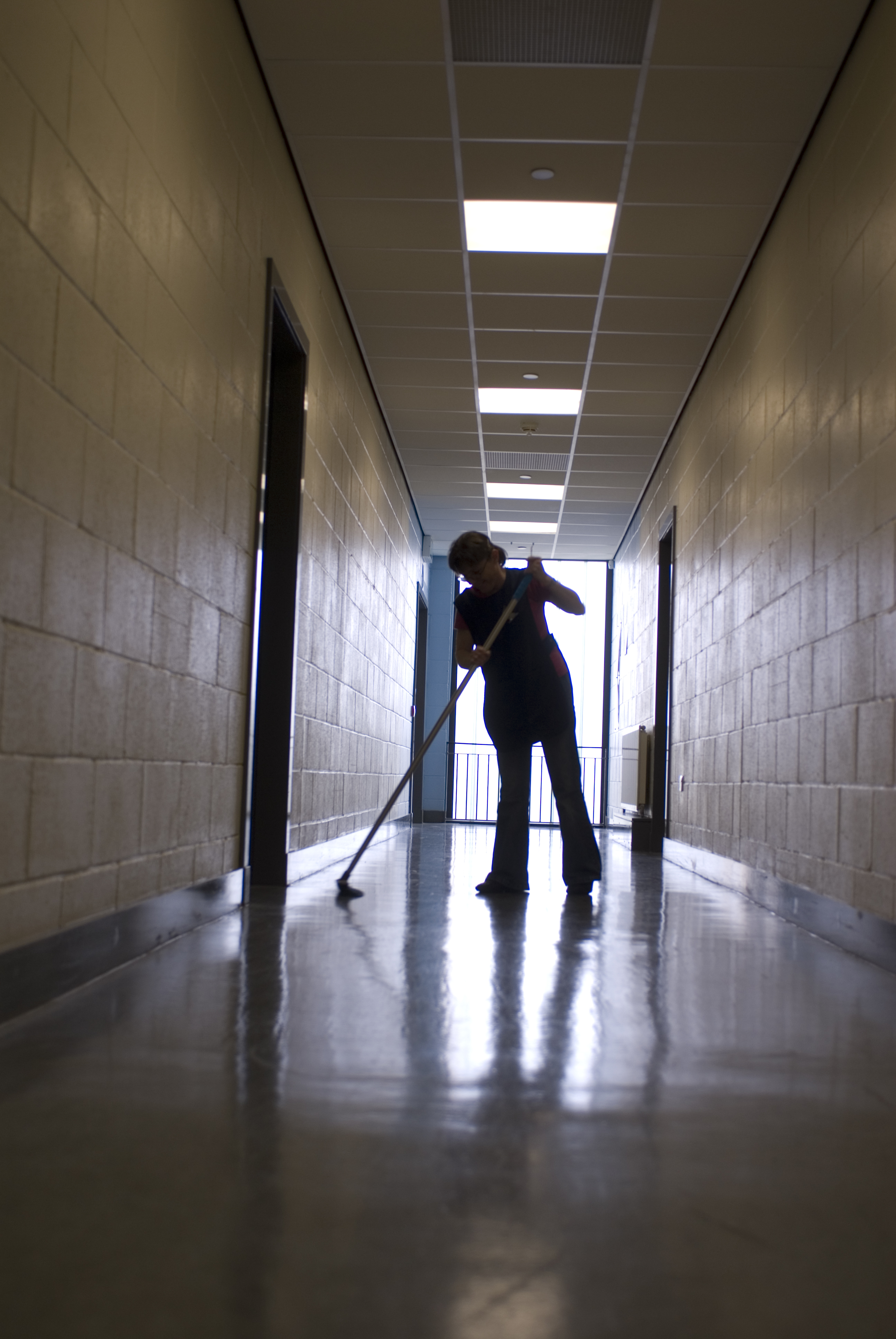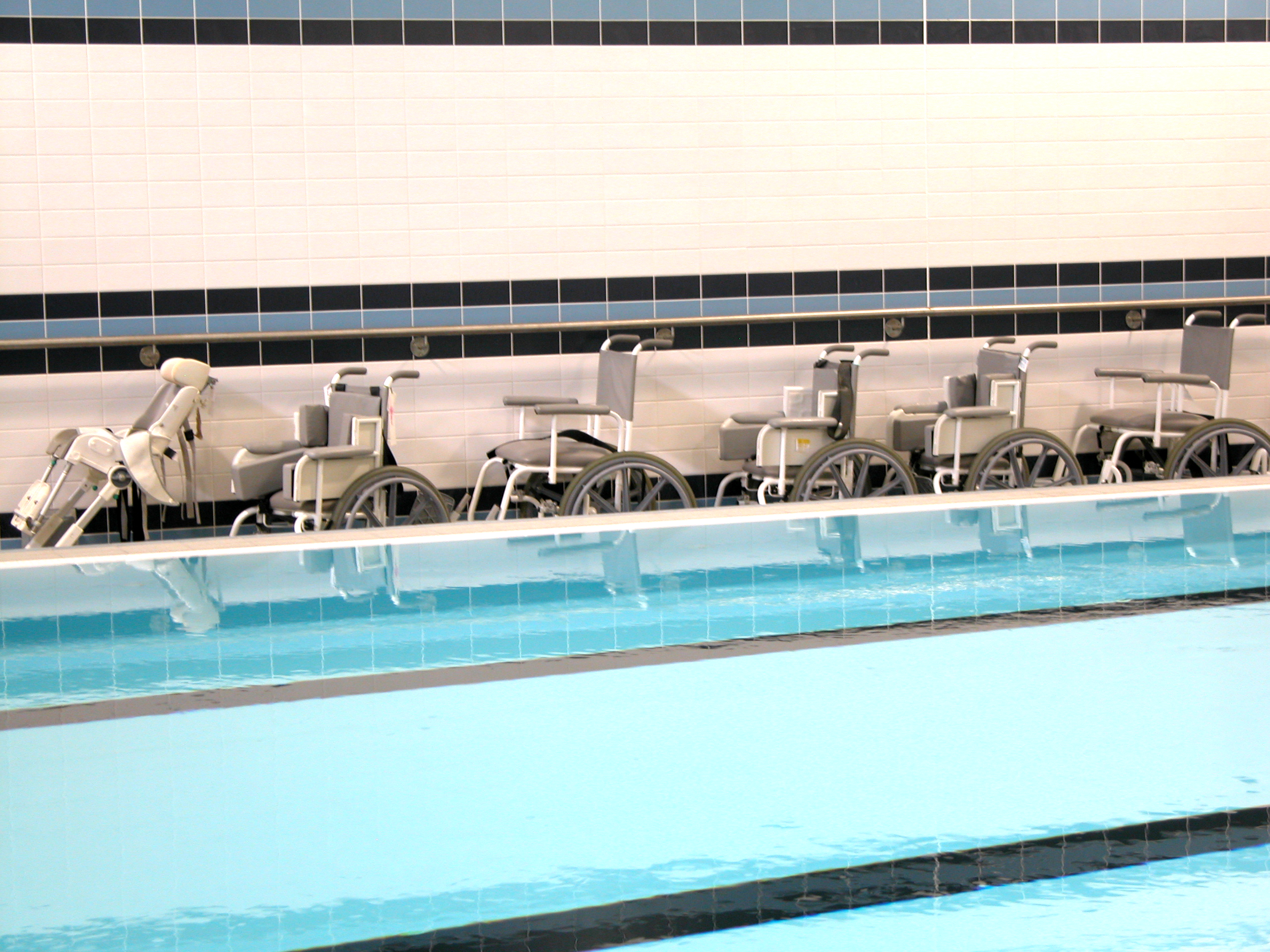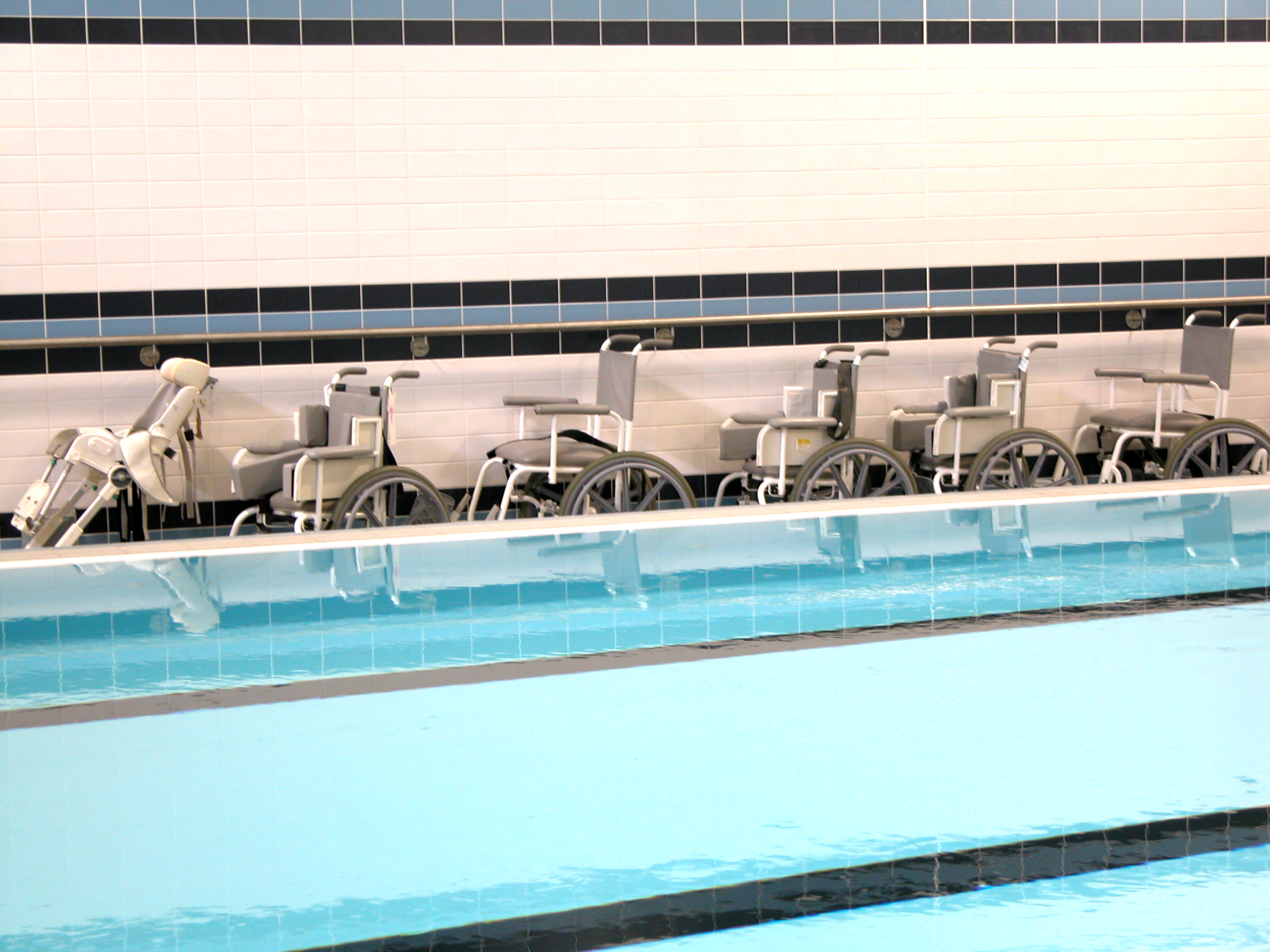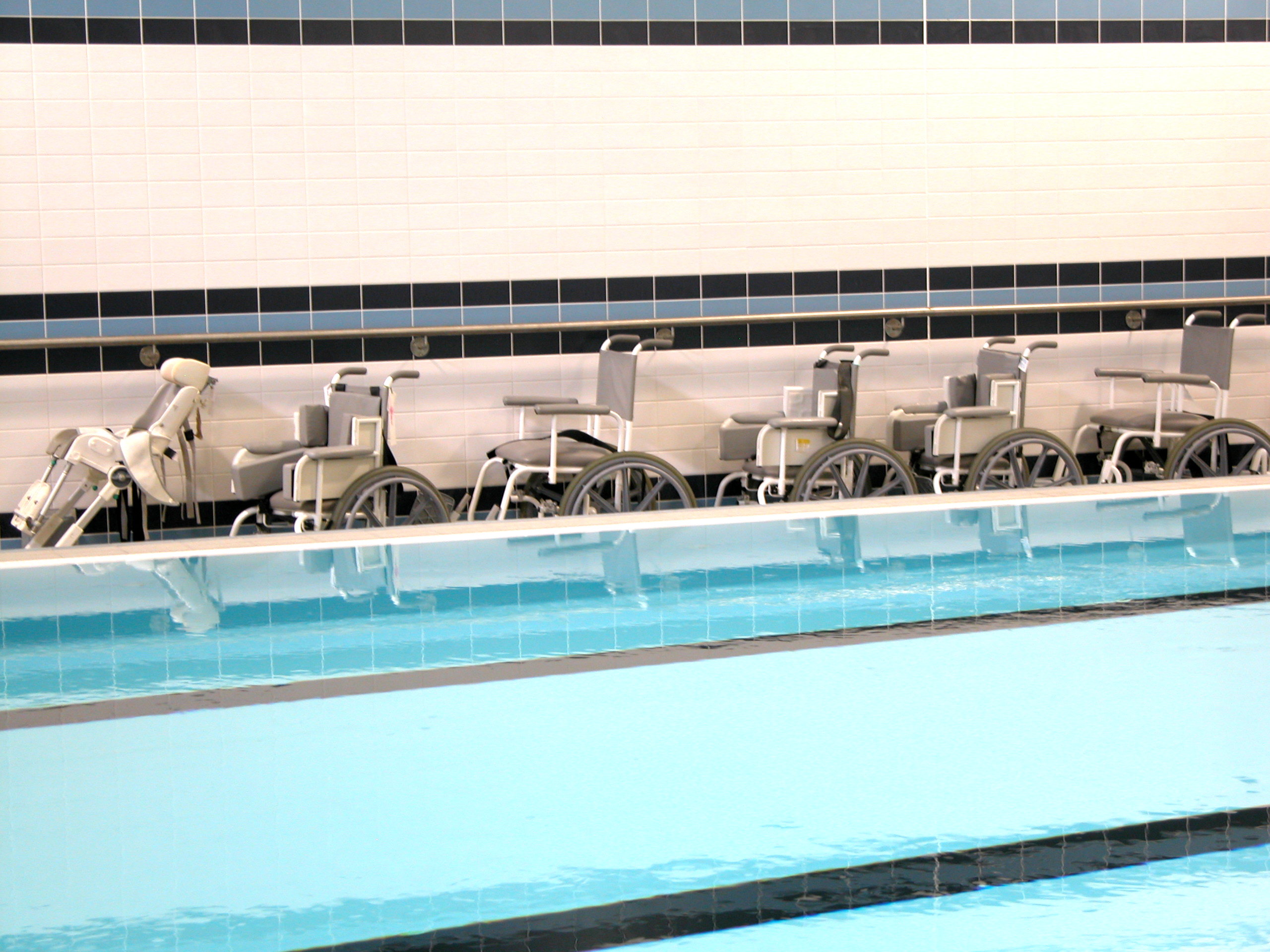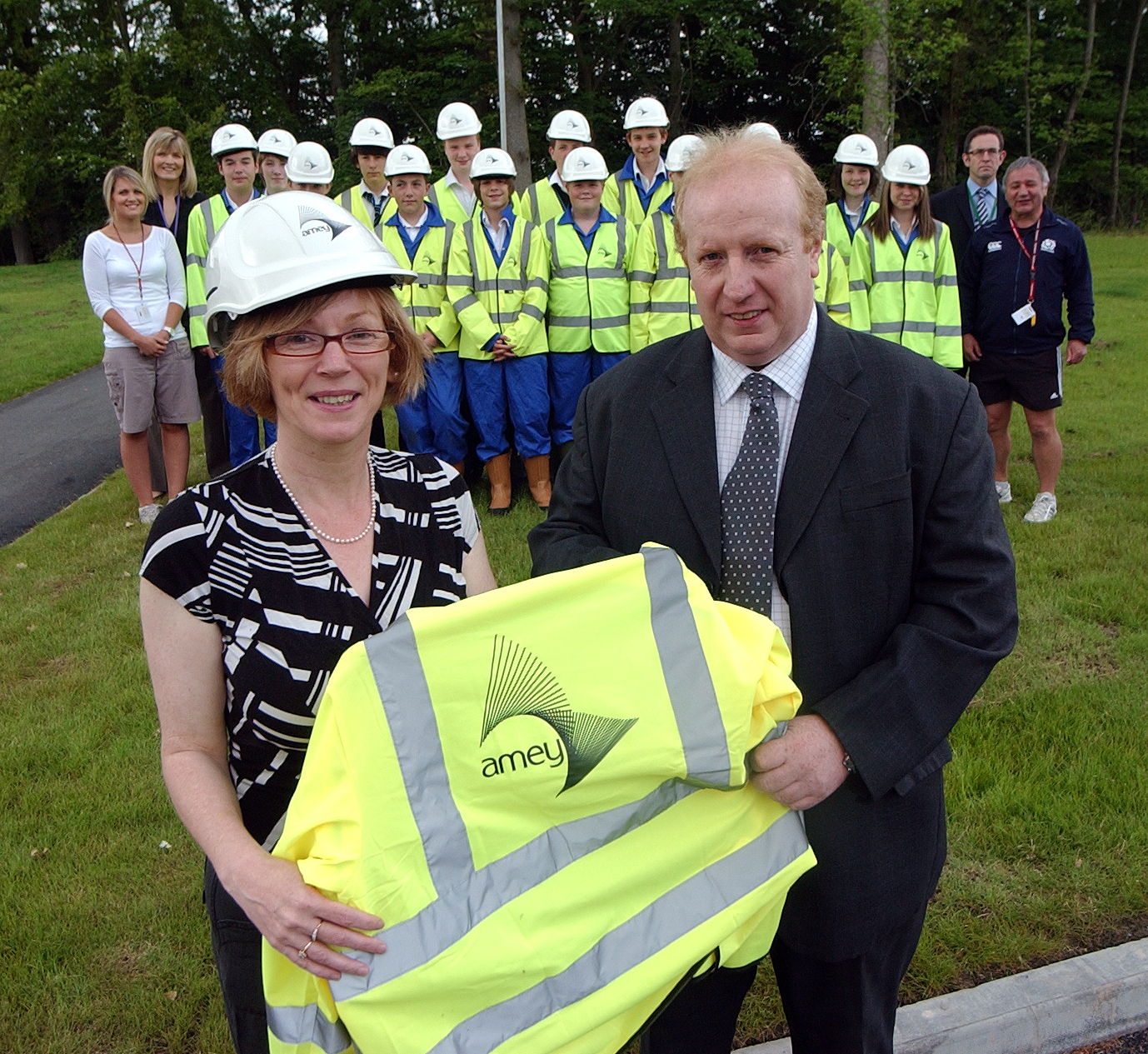Information
-
Document No.
-
Audit Title
-
Client / Site
-
Conducted on
-
Prepared by
-
Location
-
Personnel
PRELIMINARIES
-
What year approximately were the premises built?
-
Description of building materials used in its construction as far as possible
-
Any defined Duty Holder? Any Action required?
-
Any defined responsible persons?
-
Any defined AMP owner?
-
Is there any known or presumed presence and type of ACM’s?
-
If there has been a survey, who undertook, how and when?
-
How is the location & condition of known and/or presumed ACM’s recorded?
-
What, if any, information has been conveyed or passed to you? (e.g. drawings, survey reports, old asbestos registers, verbal comments from occupiers/contractors/building managers etc.)
CONROL & PLANNING
-
Is there an existing and up to date asbestos register?
-
Who, how & when is currently managing the ACM’s, if present ?
-
Who, how & when is controlling works that could disturb ACM’s?
-
Who, how & when is responsible for inspecting & monitoring conditions of ACM’s?
-
Can employees or others carry out maintenance or building work on the premises without first checking whether they are working on or near ACM’s? I.E. How are 3rd party staff and contractors controlled? Any work, irrespective of how minor should be regarded as having the potential to expose someone to asbestos. Uncontrolled disturbances such as, drilling holes can create high levels of asbestos fibres.
-
Are any Permit To Work / Permit To Access / Works Controls issued? If so by whom and when?
-
Is there a record/confirmation of check before planning or starting work I.E. pre deployment checks? If so by whom and when?
SUPERVISION
-
What arrangements are in place for overseeing/supervising the works? If so by whom and when?
-
What information, instruction & training (induction) is given & recorded with employees, others, contractors & subcontractors etc.?
-
as an initial inspection for damage and disturbance of materials been undertaken?
-
Any concerns?
-
What’s being done about them?
-
Any awareness of implementing and maintaining compliance with Amey Group & ABS procedures on the management of asbestos in premises PLC-H&S-485 and BE-H&S-04-006
COMMUNICATION
-
Are there clear lines of responsibility, with each person involved understanding their role? Please detail.
-
Are these persons formally appointed to the roles and formal acceptance gained?
-
What training arrangements are in place/required for employees & contractors?
-
What arrangements are in place for passing information about the location & condition of ACM’s to those who need it?
-
Any familiarisation and compliance with any other Duty Holder (i.e. Client) asbestos management procedures and plans or any other relevant processes?
MAINTENANCE
-
Has the Identified assessment prioritised actions of the ACM’s been carried out? Must be determined by carrying out an assessment of the likelihood of the ACM’s being disturbed. Remember even an ACM in the poorest condition only presents a risk to health if the fibres are in the air we breathe. This priority assessment should take account of factors such as, maintenance activities, likelihood of disturbance, human exposure potential and occupant activity/visitors.
-
Have material assessments of ACM have been carried out? This is an assessment of the condition of the material and the likelihood of it releasing fibres on disturbance. If a survey has been carried out, the surveyor’s report should contain this. The material assessment will give a good initial guide to the priority for management as it will identify the materials which will most readily release airborne fibres if disturbed. However, this may not always indicate high priority for remedial action.
-
From the above two has a table of ‘priority for action’ been established?
-
Are decisions about asbestos management options and the rationale for such decisions been determined, along with a timetable for action?
-
Are regular walk about inspections looking for any signs of major damage to materials (e.g. holes in wall & ceiling panels; pipe work insulation hanging-off; sprayed insulation damaged; loose debris and dust on floors/voids/risers etc.) undertaken?
-
If damage is found, is it likely to contain ACM’s? How is this verified?
-
If so, what actions to isolate, repair and remove etc., as appropriate, whilst preventing any further access or exposure?
-
What procedures/ arrangements are in place for monitoring & reviewing the AMP?
-
What is the frequency of monitoring ACM’s/presumed ACM’s?
-
Is the asbestos register updated following repair/removal of ACM’s?
-
Is there ongoing communication/training of maintenance workers/contractors? Please give details.
-
Is there continued awareness amongst all employees?
-
Are lessons learned following incidents and accidents involving ACM’s?
-
Is the AMP referred to in specifications for tenders, where appropriate?
-
Is the AMP referred to in safe systems of work processes & procedures?
-
Do emergency plans/contingency procedures refer to the AMP?
-
Are local emergency services aware of the presence of ACM’s in the premises?
-
Is the plan up to date with organisational structures, (names, contact numbers, roles and responsibilities) responsible for managing and implementing the plan?
-
Is the plan up to date with any changes in building use, occupancy or refurbishments?
-
Please add any images relating to this audit.
-
Please sign off this audit to complete.
